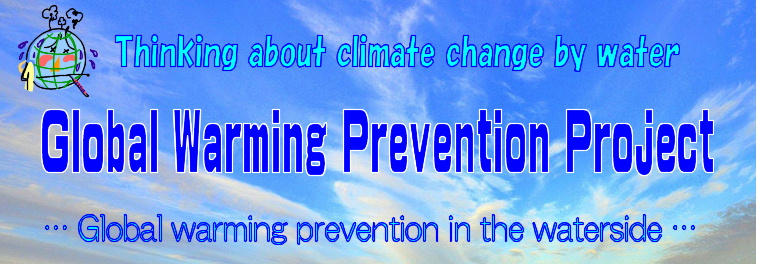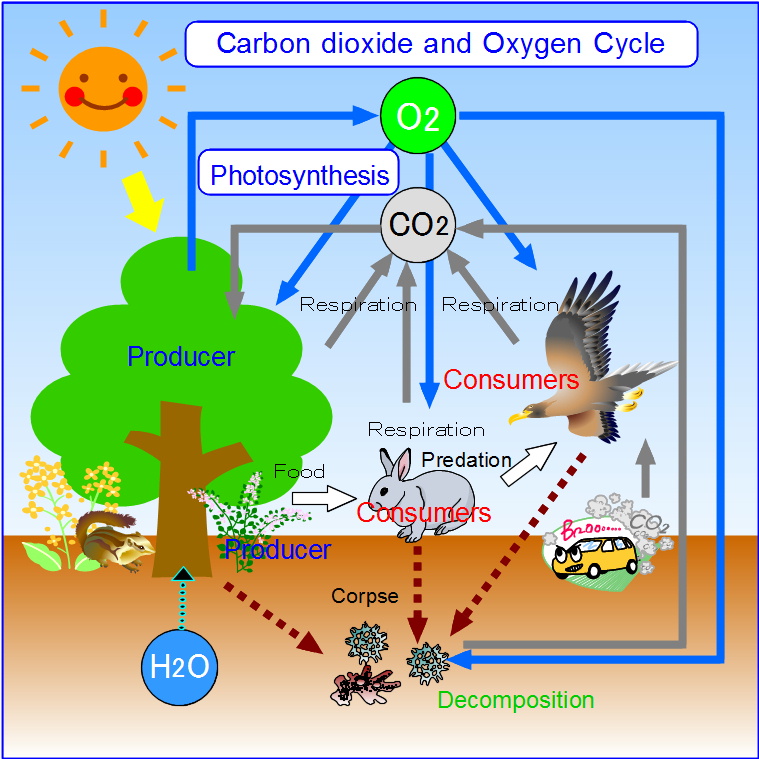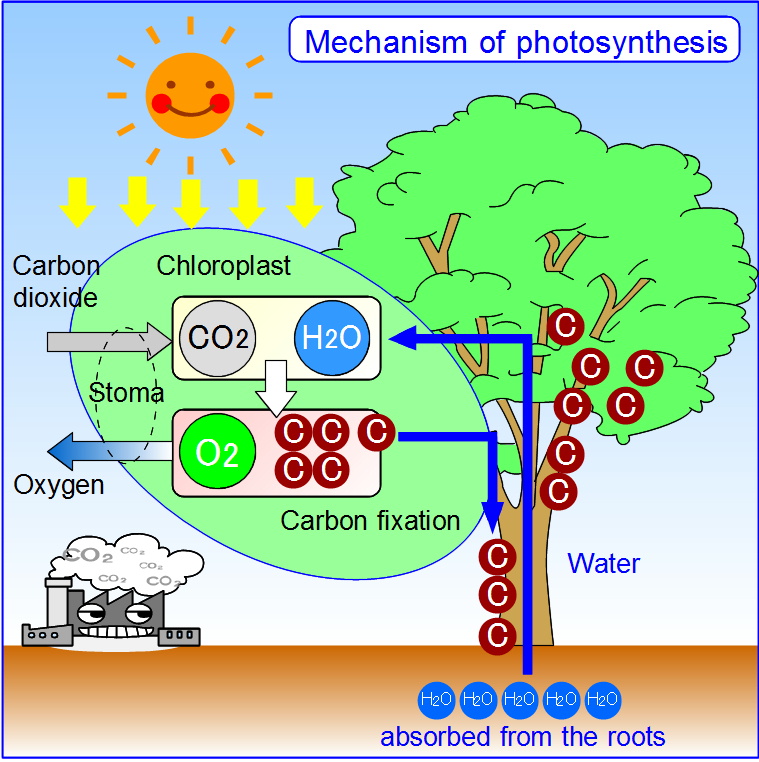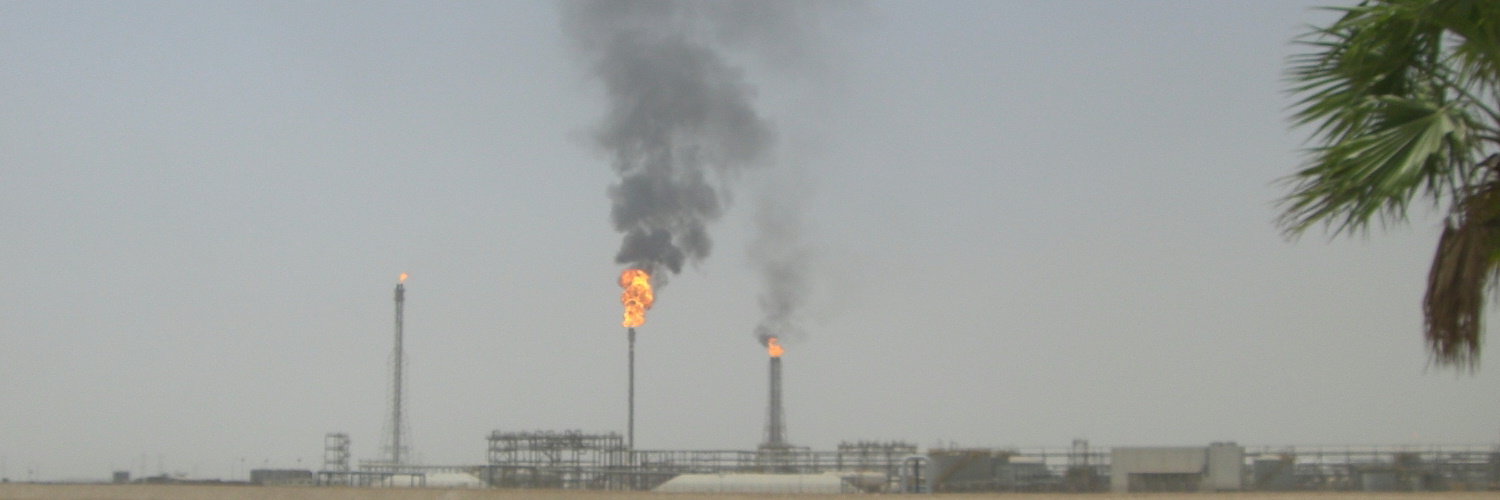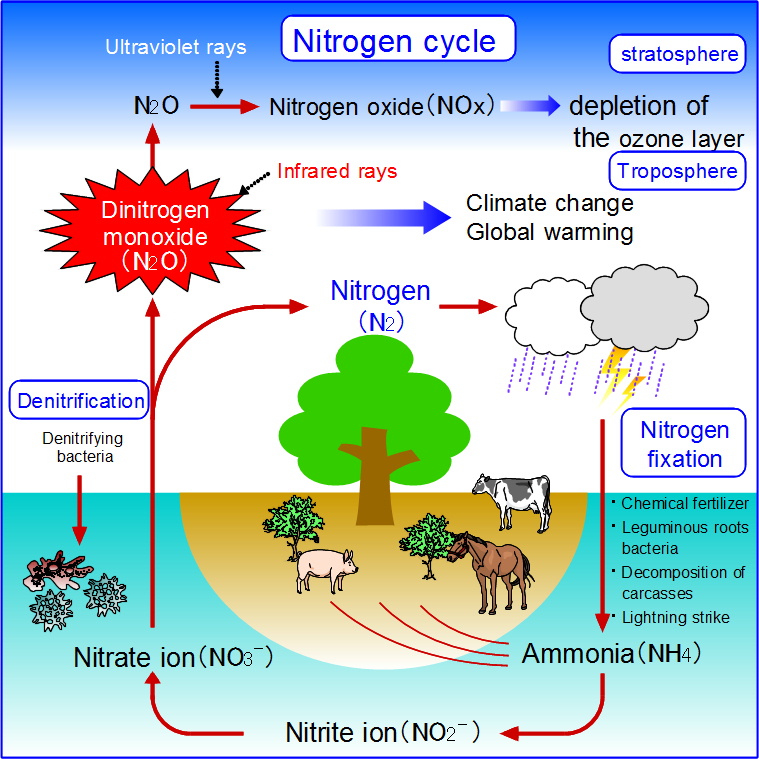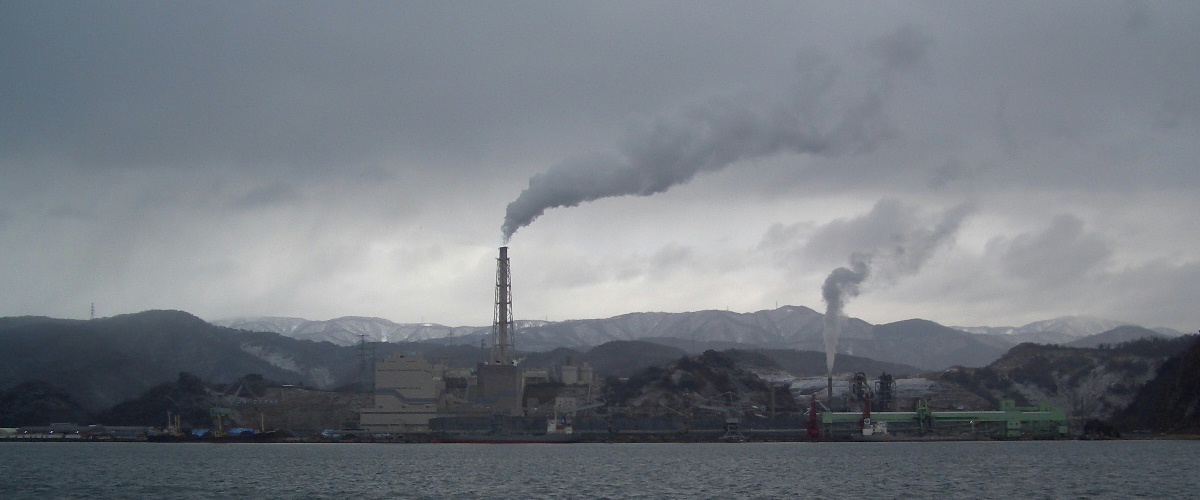 Japan Water Guard |
 |
|
| |
| ●To conserve 21st century environment and water front● Save our Earth!! |
 |
|
|
What is global warming
The greenhouse gas in the atmosphere absorbs a portion of infrared radiation.The greenhouse gasses are tropospheric ozone, carbon dioxide and methane.In the recent years, the gasses concentration has increased and that is causing the global warming.
●Carbon dioxide (CO2)
Carbon dioxide is the most common type of carbon oxide on earth.Generated by the combustion of carbon and organic compounds.It also comes from organisms that breathe. Carbon dioxide is the gas,in solid form it is dry ice and in liquid carbon dioxide is the aqueous solution that is called the carbonate/carbonated water.It also has been used in various industrial fields.
Greenhouse gas effect of carbon dioxide, with smaller volume than methane and freon, but with enormous emissions has been causing global warming.In the recent years, industrially advanced countries like America,China,Russia and Japan accounts for a large proportion of emissions are responsible.
●Methane (CH4) Methane CH4,the most simple structure of hydrocarbon molecule which has four hydrogen atoms attached to one carbon atom.Methane can be derived from natural gas and can be industrially produced in large quantities by the reaction of carbon monoxide and hydrogen, can be used as a raw material for fuel gas and chemical process.Methane can also be found on cow and other herbivores burp,feces and urine.Methane with the same amount as carbon dioxide has about 25 times more bigger greenhouse effect. .Other artificial emissions,methane hydrate from volcanic gasses and permafrost is also feared to bring further global warming.The methane increase in the atmosphere since 1750 is 150% and currently continue to rise.
●Dinitrogen monoxide(N2O) Dinitrogen monoxide is also reffered to as nitrogen oxide. The main sources are combustion,the use of nitrogen fertilizer,chemical industry(manufacturing nitric acid),organic microbial degradation of nitric acid in the sludge, and nitrite accumulation. In the process of nitrogen circulation, ammonia becomes nitrogen and nitric acid degraded by the denitrifying bacteria. Dinitrogen monoxide occurs when there is no denitrifying bacteria. Dinitrogen monoxide a gas with a large greenhouse gas effect of about 300 times that of carbon dioxide. Dinitrogen monoxide concentration on the atmosphere has increased to 17% since the year 1750, and still increasing.
●Freon, chlorofluorocarbon alternative or other greenhouse gas Greenhouse gasses such as Freon and alternative freon chlorofluorocarbon destroys the ozone layer. Since the year 1995, by the Montreal protocol,the concentration of these greenhouse gas emission reduction is now under regulations, it only has a slight increase/decrease. But alternative substances such as (HFCs) and some of the compounds perfluorocarbons (PFCs) and sulfur hexafluoride (SF6), etc.) concentration in the atmosphere is currently increasing.
Souce:Our website, we have created this based on the datas of the Japan National Institue for Environmental Studies Greenhouse Gas Inventory Office and the Japan National Global Warming Prevention Activity Promotion Center. |
| Copy right©JWG All rights reserved. |
